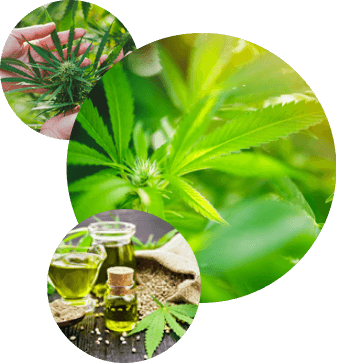Looking for information...
Knowledge center
You deserve a better understanding of hemp-derived products and how they may help you.
The keys to using hemp-derived products are 1) finding a quality product, 2) finding the right serving size for you and 3) being consistent.
You will want to start with a low serving size and slowly increase. It could take 30-60 days for you to identify the correct serving size for you. Each person is different, listen to your body.

New information is discovered frequently as research into hemp-based products and the benefits continues. The Hemp Learning Channel is an excellent resource for information.

The keys to using hemp-derived products are 1) finding a quality product, 2) finding the right serving size for you and 3)being consistent
Whether you’re completely new to CBD or you’re a seasoned consumer, trying to understand a product label can be overwhelming. Dosage and ingredients often appear vague and sometimes confusing, and navigating unfamiliar terminology isn’t always easy. It’s important that you know how to read labels so you can confidently determine product safety and efficacy, as well as properly dose your CBD to meet your needs.
A COA, or Certificate of Analysis, is an official document that certifies a given product meets quality standards. COAs also verify that products comply with federal laws and local ordinances.
The purpose of your Endocannabinoid System is to help your body reach homeostasis, a state in which all of your bodily functions are operating optimally.
